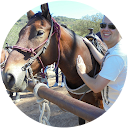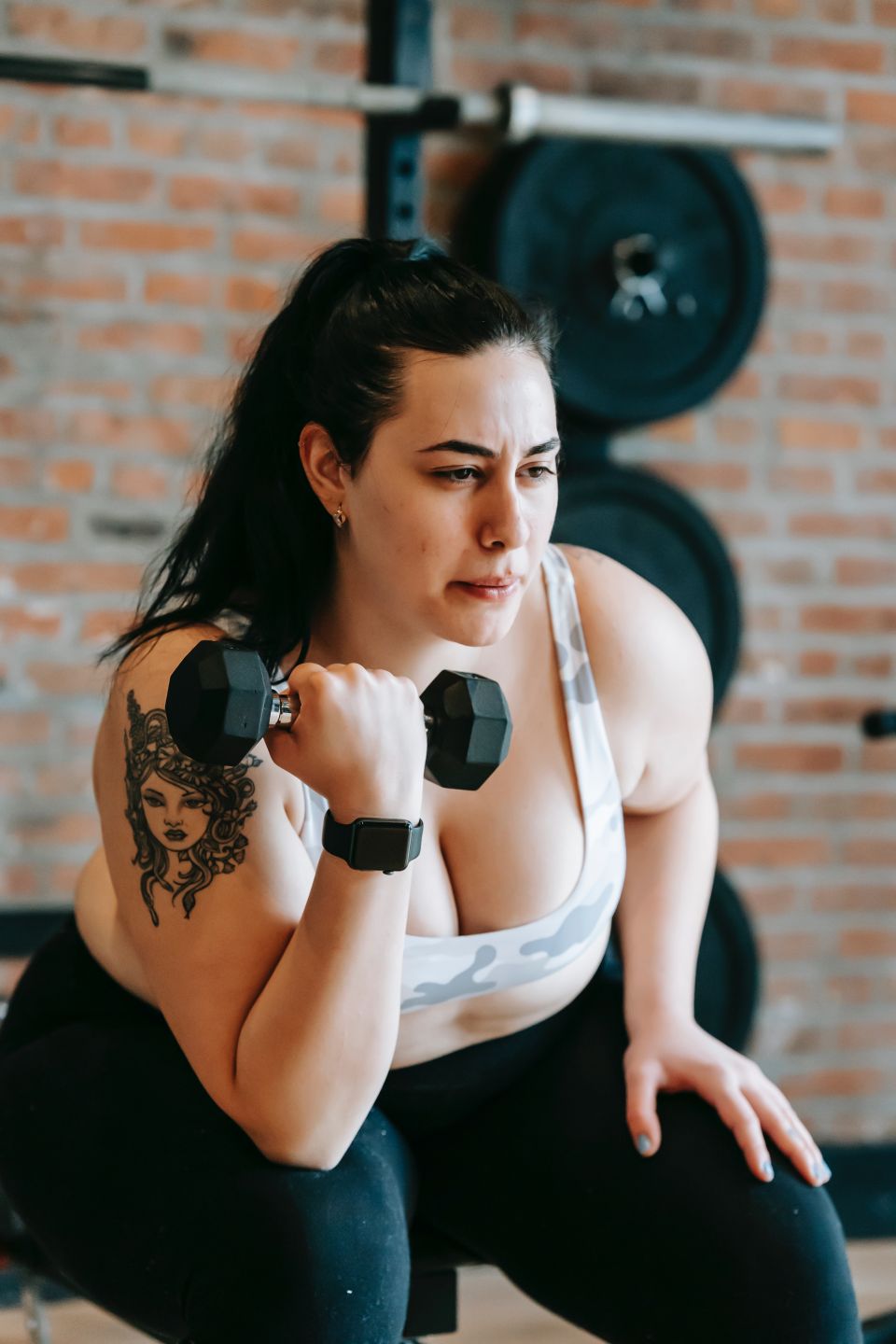The basics of weight loss training
1. Track your calorie intake
You won’t obtain the results you want if you don’t pay attention to what you eat throughout the day.
For someone attempting to reduce their weight, knowing what a suitable portion size is can be crucial. The general objective is to eat modest portions of food. Aim for a larger breakfast though – for a man this could include four whole eggs, one piece of whole-wheat bread, and one avocado. Then follow this with a medium-sized lunch, such as baked salmon with half a sweet potato and a salad. Then finish the day with a light meal like grilled chicken or turkey with steamed veggies.
Nutrient-dense meals are critical in giving your body the nutrients it needs while ingesting less calories. You should also cut out sugar as much as possible, since sugar is a major source of inflammation.
You should also drink plenty of water if trying to lose weight. Water can be beneficial in the weight-loss process as it’s calorie-free, helps you burn more calories, and may even help you slim down if taken before meals. When you substitute sugary drinks with water, the advantages are considerably larger. It is a simple technique to reduce sugar and calories.
Fat loss programs at Nxtep include a bespoke nutrition plan, designed to facilitate your weight loss alongside the workouts.
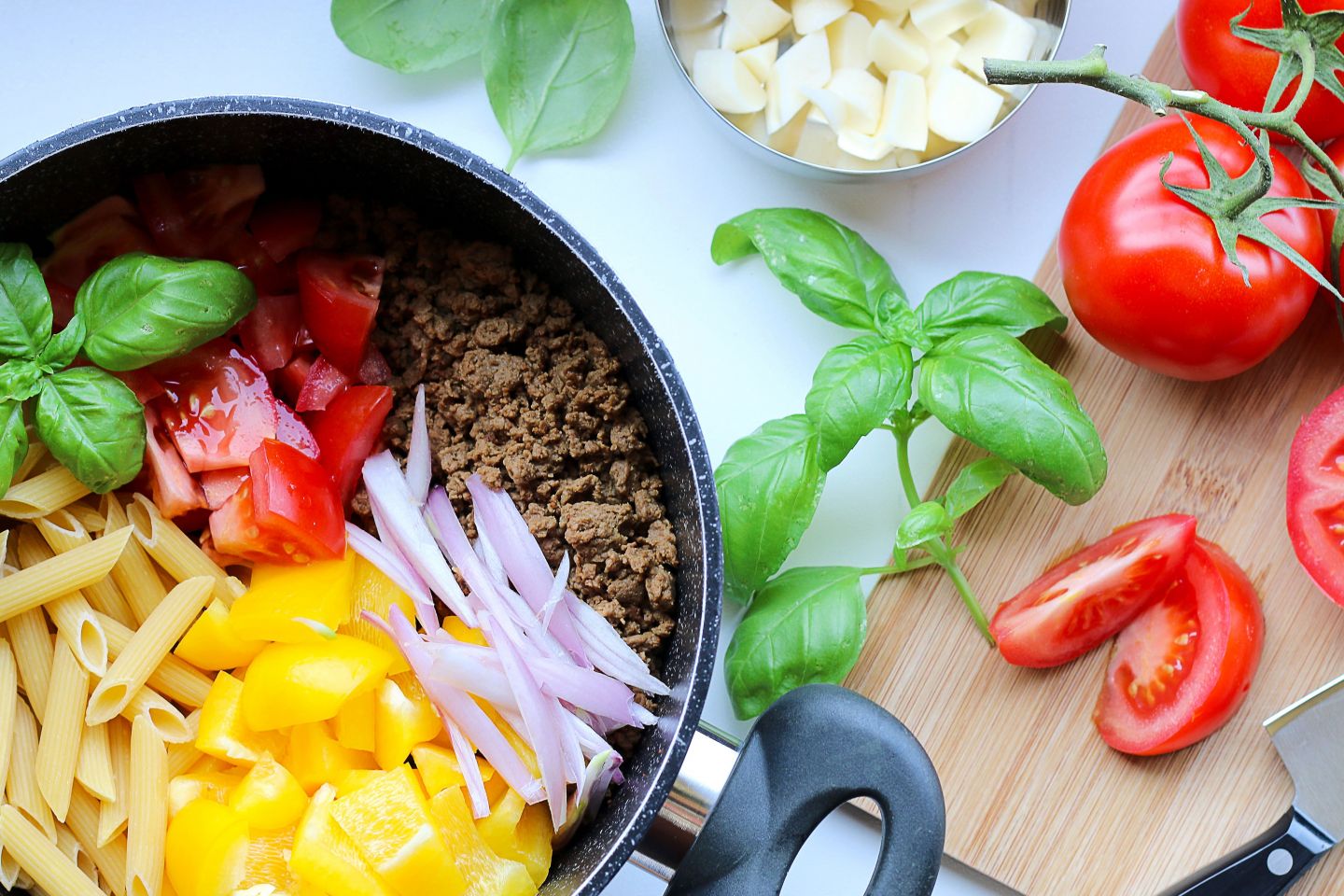
2. Increase the intensity
Stick to weight training throughout your exercises, but include some cardio as well (more on this below). If you’re training for a competition or something similar, though, you should maximise the aerobic element of your strength training. So rest less between intervals, do more scheduled intervals and do a greater rep range.
You may also increase the number of interval-based endurance exercises you complete, including sprints and greater distances. If you want to shed the pounds, conditioning activities like using a ski erg machine (which we often include in a training session at Nxtep), burpees, or rope work are better than heavy lifting.
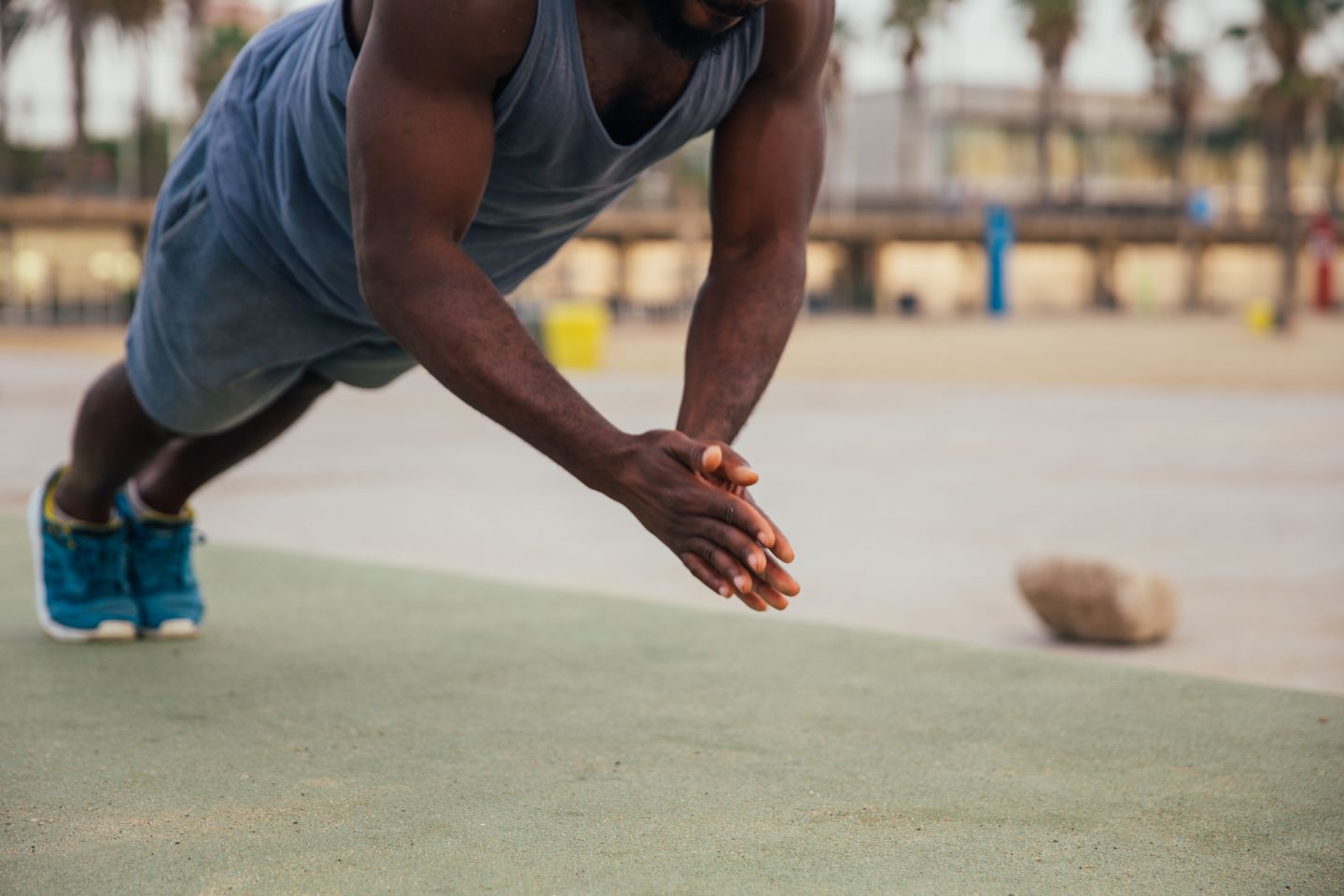
3. Cardio exercises to burn the fat
If your abdominal muscles are hidden behind excess body fat, no amount of crunching will help.
Cardio exercise is essential for calorie burning and fat loss. Cycling and walking are two low-impact cardio exercises that I often suggest to my clients to do when they’re looking for light exercise outside of a training session.
When it comes to burning calories and reducing weight, walking is one of the most underappreciated kinds of exercise. Another excellent calorie-burning workout is riding a bike or utilising a cycling machine. Cycling works your core and lower body while also raising your heart rate. If you’re using a spin bike machine, consider interval training by varying the speed and inclination. If you want to go for a bike ride outdoors, choose a route with hills and vary your pace to keep things interesting. See more great fat burning exercises below – many of which will be included in your weight loss training programme.
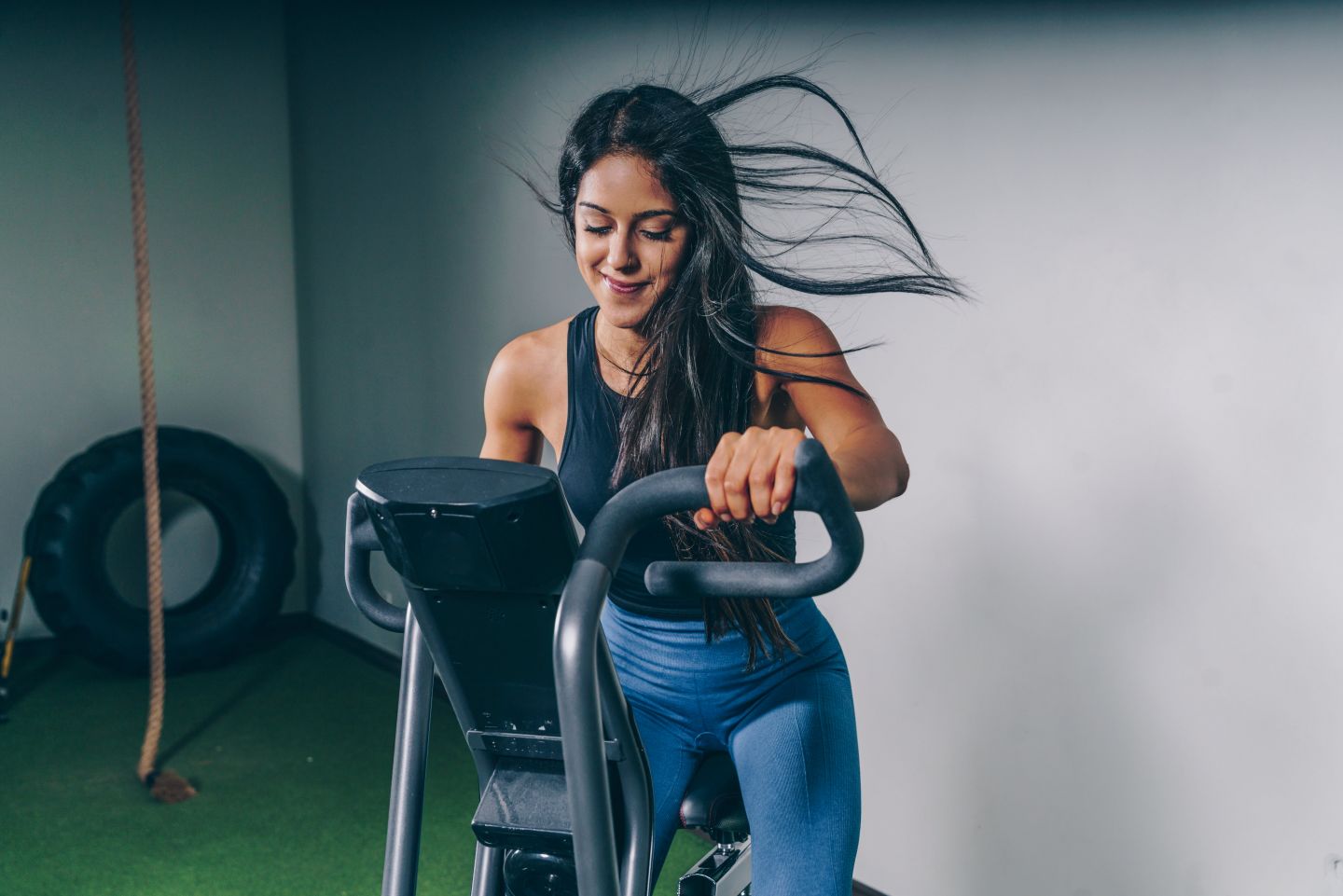
4. Strength training to build muscle
Cardio cannot do it alone however – research shows that a combination of strength training and cardio exercise works best for weight loss. Strength training helps build muscle, which burn fats and speeds up the metabolism. Plus, muscle burns more calories than fat, so building muscle helps us burn more at rest, which will also help aid in weight loss. And many strength training exercises engage the core, which will help strengthen the abdominal area and increase muscle tone in the midsection.
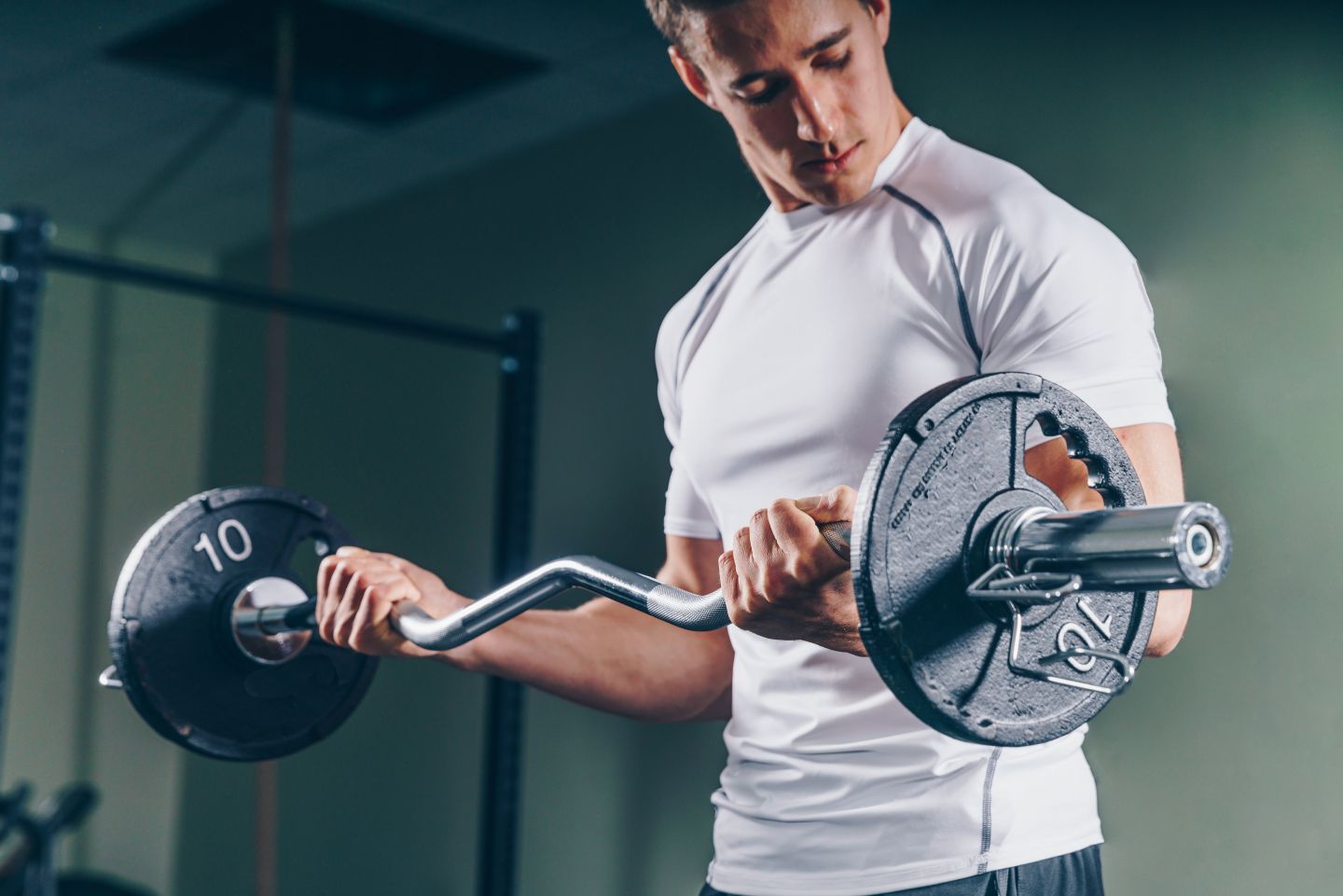
Are there exercises which specifically target belly fat?
The belly is the part of the body that many people are most self-conscious about, so “how can I reduce weight around my belly?” is the most frequent question I get as a personal trainer and weight-loss coach.
I’m often asked whether there are any particular exercises or techniques that will aid with weight loss in the middle.
Unfortunately, the short answer is no – there are no secret techniques that will help you lose fat on your stomach. But a mix of strength, cardio, and ab workouts will help you reduce body fat all over, including around your stomach.
While there are no magic techniques that will help you lose fat in a particular location, there are several things you can do to assist you lose fat around your midriff over time.
Therefore I recommend concentrating on weight reduction in general, considering that lowering weight generally will result in fat loss around the waist.
As mentioned above, it’s crucial to remember that talking about weight reduction is difficult without mentioning diet. Taking stock of what you’re eating and swapping processed carbohydrates and sweets for nutritious foods always helps minimise bloat and reduce waist size.
Great exercises for weight loss
When many people think of getting in shape, one of the first things that comes to mind is getting a toned and taut tummy. However, doing hundreds of crunches every day isn’t the best way to lose fat. In fact, as mentioned above, exercises that reduce fat in just one area of the body just don’t exist.
Spot reduction may not be a viable approach to losing fat around your waist, but there are some great core-focused exercises that will torch fat all over the body, resulting in a strong and more chiselled core. Doing a variety of exercises that combine cardio, strength, and core work will ultimately help you reduce body fat.
Please note: It’s absolutely true that you can’t outrun a less-than-nutritious diet – e.g. no matter how much exercise you are doing, if your diet is poor, you will not see results. Eating healthy, vitamin-rich foods and a balanced diet play a big role in overall fitness and helping you reach your goals. At Nxtep, your weight loss training programme includes a bespoke diet plan designed specifically for you and your weight loss goals.
Here are some of the great workouts and exercises to burn fat and lose weight that you can expect to be doing as a part of your personal programme (and also some you can do in your spare time!):
Burpees
This workout targets your core, shoulders, chest, lats, quads and triceps. Burpees will get your heart racing since they feature intense plyometric action.
How to do burpees: Start by standing with your feet shoulder-distance apart and drop your body toward the ground and into a low squatting position by sending your hips back. Then, with your hands just outside of your feet, hop backwards until your chest touches the floor. Lift your body into a plank by pressing your hands into the floor, then hop your feet slightly outside of your hands. Stand with your weight in your heels and jump powerfully into the air with your arms.
Mountain Climbers
This moving plank exercise, like burpees, is another of the great fat burning exercises since it stimulates your core as well as a variety of other body muscles.
How to do mountain climbers: Put your wrists exactly beneath your shoulders in a high-plank stance. Draw your belly button in toward your spine and keep your core firm. Bring your right knee to your chest and then return to plank position. Then, push your left knee toward your chest and return it to its original position. Alternate sides as needed.
Side-to-Side Medicine Ball Slams
Medicine ball slams are a high-intensity, explosive, and metabolic workout that works many muscle groups. The obliques, hamstrings, quads, biceps, and shoulders are the major movers of this exercise on the surface, but as time goes on and fatigue sets in, practically every other muscle in the body may get engaged as a secondary mover in some capacity.
How to do a lateral medicine ball slam: With the medicine ball on one side, stand with your feet approximately shoulder-width apart. Pick up the ball and smack it a few inches away from your little toe while rotating your body. To catch the ball on one bounce, swivel your feet and bend your back knee as you enter into a split squat stance. Switch sides halfway through. As you bring the ball above and to the side, make sure your core is tight.
Overhead Medicine Ball Slams
Overhead medicine ball slams help bolster your core as it adds the effort of fighting gravity into the equation. This exercise also challenges your endurance since each time you take up the ball and carry it above your head, your heart rate increases. Make sure you use a big weighted ball for this workout to get the most out of it.
How to do overhead medicine ball slams: Hold a medicine ball in both hands while standing tall with your feet hip-width apart. Fully stretch your body by reaching both arms above. The ball should be slammed forward and down toward the earth. As you smash the ball down, extend your arms toward the ground, and don’t be afraid to tilt over with your knees bent. Squat down to pick up the ball, then stand back up.
Turkish Get-Ups
This is an all-body workout including the use of a kettlebell. The total-body conditioning motion is very effective, despite its complexity.
How to do a Turkish get-up:
Lie on your side in a fetal posture, holding one kettlebell by the grip with both hands. Roll onto your back and raise the kettlebell with both hands toward the sky until the weight is steady on one loaded side. With your palm facing down, bend your free arm and leg to a 45-degree angle. To securely hold the floor, bring the heel of the weighted side closer to your bottom.
Punch the kettlebell up with the loaded arm while keeping your foot on the floor and rolling onto your free forearm. With the supporting side, don’t shrug your shoulder toward your ear. Make sure your chest is wide open. Raise yourself to a sitting posture by straightening your elbow on the ground. Carry your front leg all the way to the rear. Your rear leg’s shin should be perpendicular to your front leg’s shin to protect your knees.
Arrange your arms in the following order: wrist over elbow, shoulder over elbow over wrist. Raise your torso to bring your upper body to a standing position. Swivel your rear knee such that your back shin and front shin are parallel. Take a deep breath and stand up by gripping the floor with your back toes.
Medicine Ball Burpees
Add a medicine ball to your burpee to enhance the intensity and raise your metabolism to help you hit your fat loss goals.
How to do a medicine ball burpee: Hold a medicine ball in both hands while standing with your feet shoulder-distance apart. Extend the ball aloft, then pound it as hard as you can on the ground, hunching over and pushing your bottom back as you do so. Bend your knees as you hinge over. Return to a high-plank posture by placing your hands on the ground outside of your feet. Maintain a straight line with your body. Then, while squatting, leap your feet back towards the outsides of your hands. Pick up the ball and push it high while standing tall and stretching your body.
Kettlebell Swings
Kettlebell swings are a fundamental ballistic workout that is comparable to broad jumping in that they develop the posterior chain.
How to do a Kettlebell swing: Stand with a kettlebell in front of your feet, a little wider than hip-width apart. Grasp the handle of the kettlebell with both hands. Hike the kettlebell rearward between legs while keeping your back straight.
To stand, press your hips forward and swing the kettlebell overhead while maintaining your core engaged. To begin the next swing, let the kettlebell fall forward and between your legs.
BOSU Ball Planks
You already know that aerobic activities are essential for burning the layer of fat that sits on top of your abdominal muscles. Even if you’re attempting to lose weight, it’s still necessary to focus on your abs. Planking on a BOSU ball is a great way to do this.
Because the BOSU challenges your balance, it’s more difficult than a standard plank with your hands on the floor. Your abs, obliques, and deep transverse abdominal muscles are stimulated when your body strives to regain control while your balance is challenged. Strengthening your core muscles may also help you burn more calories and fat by increasing your metabolism.
How to do a BOSU ball plank: Place the BOSU ball rubber-side down. Hold the sides of the flat surface with both hands, roughly shoulder-distance apart. Hold the plank position for 30 to 45 seconds, gradually increasing the duration as your strength improves.
Sprawls
The sprawl is a full-body workout that works as many muscles as possible while burning calories and sculpting and toning your upper and lower body, particularly your abs. It amplifies the typical burpee by requiring you to put your chest to the ground, then push up to plank while you continue the movement.
How to do a sprawl: Squat down and put your hands on the ground while standing with your feet shoulder-distance apart. Return to a plank position and drop your body to the ground. Push yourself to a plank, then squat with your feet outside of your hands. Get back on your feet. That counts as one rep. Add a leap between each sprawl if you want to burn even more calories.
Abdominal Twists
The Abdominal Twist is a core workout that strengthens oblique (side of your torso) muscles and burns a lot of calories. The motion requires twisting your torso from side to side while keeping a sit-up posture with your feet off the ground, which is usually done with a medicine ball or a plate.
How to do a Russian twist: Sit nice and tall on the floor, knees bent and feet raised off the ground. With your hands at chest level, hold a medicine ball. Now lean backwards with a long, tall spine, your body at a 45-degree angle, and your arms a few inches from your chest. Turn your body to the right, pause, and engage your right oblique muscles, then to the left, wait, and work your left oblique muscles. Note – it should be your rib cage moving, rather than your arms.
HIIT
While it used to be thought that steady-state cardio sessions were the most efficient for burning fat, we now know that brief, intense bursts of fast-paced cardio (such as completing intervals that alternate between a series of exercises that engage various muscle groups) are much more beneficial.
Example HIIT workout: Once sufficiently warmed up, try to complete as many squats, push-ups, kettlebell swings, or single-arm rows as you can in 30 seconds. After 30 seconds of rest, switch to a new exercise for another 30 seconds. Repeat for a total of ten rounds. Choose any of your favorite exercises, but be sure to alternate between exercises that target various muscle groups to allow some muscles to rest while others are worked.
Incline Running
It’s been shown that running on an uphill rather than a level surface increases overall calories burned by up to 50%. Start by walking for five to ten minutes outdoors on a hill or at the gym on an inclined treadmill. As you crank up the speed, your heart rate should immediately rise.
Example treadmill workout: Walk or jog uphill for five to ten minutes, then speed up your pace and begin running. It doesn’t have to become an all-out sprint, but you should be pushing yourself to the point where you can’t have a conversation. Run for five minutes, then jog for five minutes. For 30 to 45 minutes, alternate between jogging and running for five to ten minutes.
Rowing
A rowing machine not only raises your heart rate, which helps you burn fat and calories, but it also strengthens muscles in your arms, legs, core, shoulders, and your back.
Example 4 min rowing circuit: Start with rowing for 20 seconds and then resting for 10 seconds. Take a look at how far you went in that time. Rep this process eight times, attempting to improve your distance each time. When you’ve completed this four-minute circuit, row a quick 500 metres and record your time. During your next rowing practice, you should aim to equal or beat that figure.
Swimming
It’s gentle on your joints, and you’ll engage both your upper and lower bodies while getting a decent aerobic exercise. You’ll also receive the advantages of the water’s resistance. You may reduce your risk of heart disease, stroke, type 2 diabetes, and some cancers by swimming for a half-hour a few times a week. It will also lower your blood pressure and reduce harmful cholesterol.
Walking
It may seem unlikely, but 45 to 60 minutes of vigorous walking every day will help your metabolism considerably. It also guarantees that you don’t over-train, which may lead to an increase in cortisol production, a stress hormone linked to belly fat.
If you use your walking routine to decompress after a stressful day or work through emotions that could otherwise stress you out, it’s possible that it’ll help you reduce cortisol levels, which can help you lose belly fat. Brisk walking is also a good strategy to lose weight, especially the belly fat that hides your abdominal muscles. One pound of fat loss per week may be achieved by doing one hour of quick walking every day.
![]() As a result of this relationship between poor health and increased body weight, more people than ever want to lose weight, reduce body fat or simply feel slimmer and fit into their jeans.
As a result of this relationship between poor health and increased body weight, more people than ever want to lose weight, reduce body fat or simply feel slimmer and fit into their jeans.

















